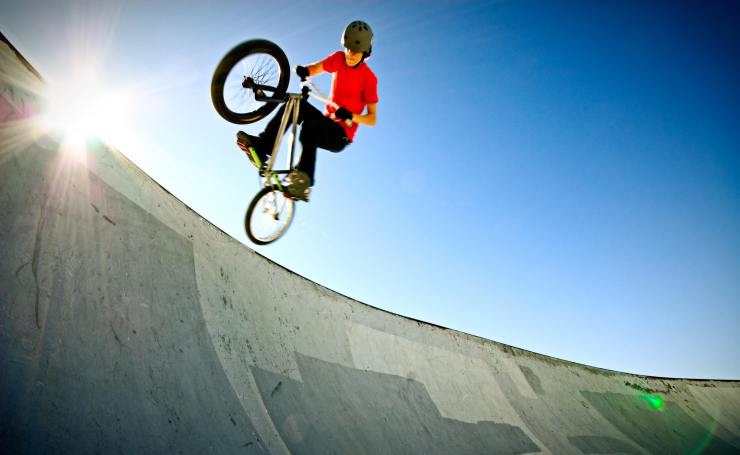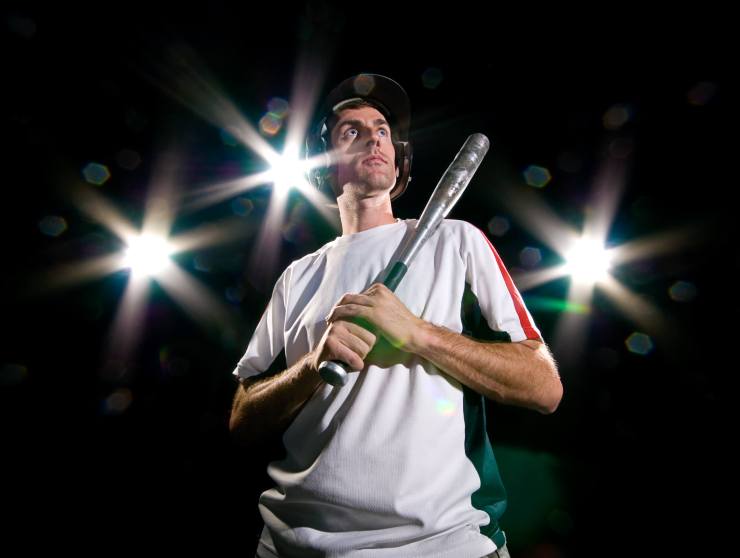Creating effects in-camera is always a lot more fun and authentic than adding them using post-processing. One trick that’s fun to create is a starburst effect.
When you want to play around with the settings in your camera, consider a starburst effect. It’s actually quite simple to do! Below, I’ll share with you some tips on creating this fun effect in the camera.
Find a good light source for your starburst
One ingredient necessary for the starburst effect is a light source. You will need to be photographing directly into the light to create this effect. Here are some ideal light sources to use to make a good starburst in your photo:
- The sun: Position your camera so that the sun is within the frame.
- Holiday and string lights: Lights on a Christmas tree, or any type of string light hanging up in the background of a shot will also create this effect.
- Streetlights: If you are photographing outside — especially at night — you can create add the starburst effect to make streetlights really pop in the scene.
Set your aperture to a small setting
The trick to creating this effect is to set your lens to a small aperture. The smaller the aperture, the more intense the starburst effect will be. This will be a higher number, such as f/11, f/16 and so on.
Use a wide-angle lens
To give your image a good environment for this effect, try playing around with different lenses. I find that a wide-angle lens gives the best results, especially when working with one intense light source to create the starburst. The wide-angle also helps to let the beams of the starburst go out as far as possible in the frame.

Tips and considerations for creating a starburst
When creating a starburst effect, you might have some compromises or workarounds with your image. First of all, if you are photographing directly into the sun, you might not have enough light to illuminate your subject. In this case, you can either create a silhouette, or you can use a speed light or flash to add fill light. You’ll need to make sure you have a flash that can work with high-speed conditions, and then you can position it so that you get both a well-lit subject and a starburst in the background.
You also might battle a bit with lens flare. Sometimes it can add an interesting effect to the image and is oftentimes more visible with lower-quality lenses. However, if you have a lens hood, you’ll definitely want to make sure that you are using that on your lens to help minimize the effect.

Tell your story with the second annual Visual Storytelling Conference!
Experience four days of interactive, online training sessions featuring a range of educational content with experienced photographers and content creators. This free event kicks off with a series of technical boot camps to build essential skills, followed by live, online sessions on photography, video, business and social media. Join live from March 10-13, 2022!
